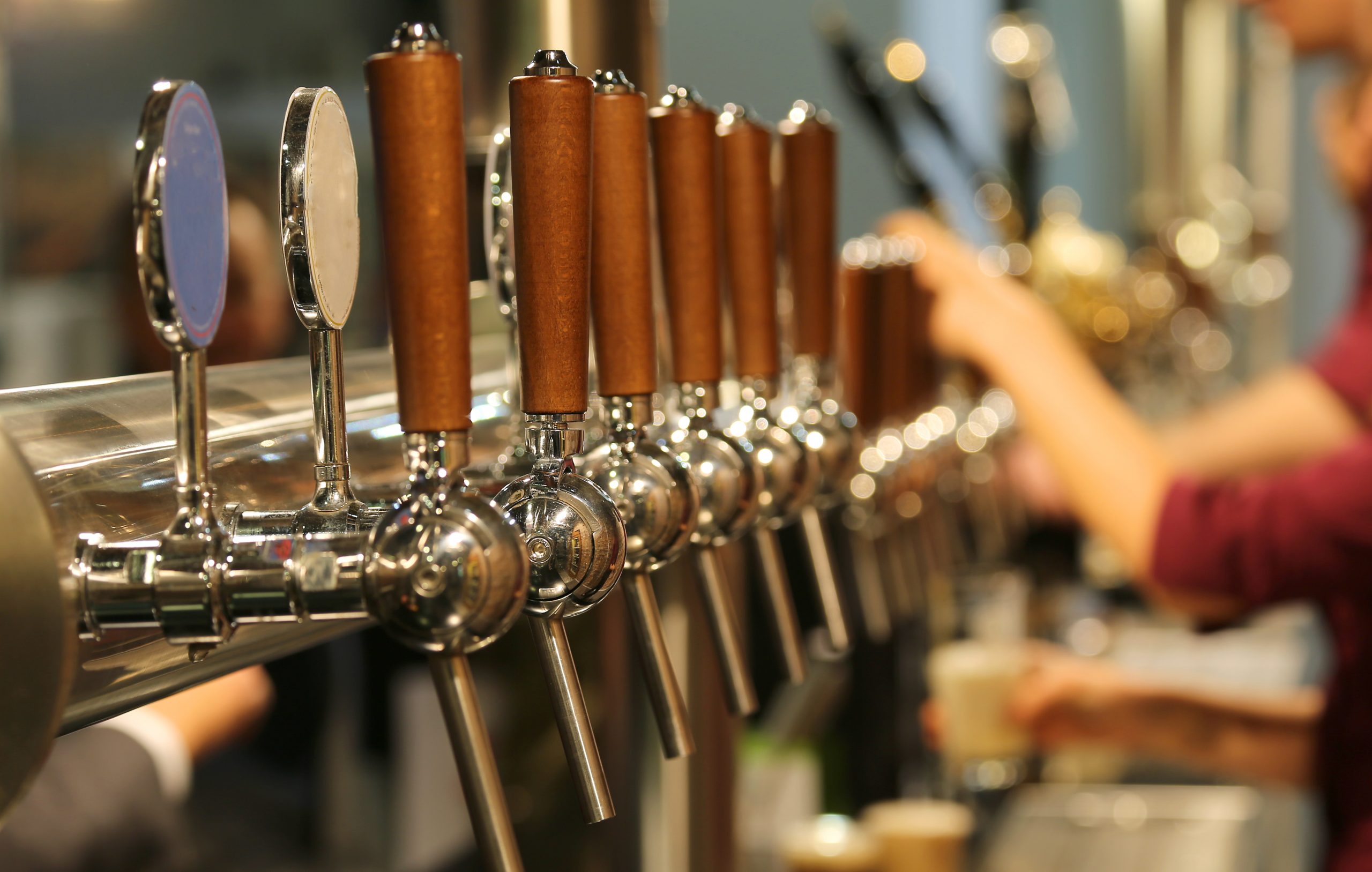


Outside of the drink menu, there’s one important question every bartender should be able to answer confidently whenever asked: how often do you clean your bar’s draft lines?
Ideally, this is a question that should never come up, because every beer line should be dispensing clean and perfect beer. Cleanliness doesn’t just happen on its own though. Below are both the reasons for cleaning and dangers of a dirty draught line, and how to go about making sure your bar never has to worry about them.
Beyond just the knowledge that your bar is being run well and being clean, there are a few clear benefits to keeping your tap lines well maintained. The most obvious of these is the fresh, and correct for that matter, taste of your beer. Every craft beer is taken through sample batch after sample batch, tinkered with until it reaches the desired level of perfection. A clean tap line will deliver that beer to your patrons in the state it was intended. A poorly maintained tap line will deliver any or all of the following problems:
White/Grey growth found on faucets, couplers, drains, and other parts exposed to air. It looks gross, is potentially unhealthy, and will likely cost you both sales and reputation. Good beer and weird stuff growing out of the place it comes from do not mix.
Calcium deposits that build up over time from the raw ingredients of beer. Not only can they have an affect on the flow rate of your taps if they build up enough, but they can also flake into the line over time, impacting the taste of the beer. Also, nobody likes to find mystery flakes in their pint glass.
Most bacteria that builds up in beer lines isn’t of great harm to human health. What it will do is completely despoil the look, aroma, and taste of any beer. A build of diacetyl will leave beer tasting buttery, while acetic acid will give beer a sour and vinegar-like taste. Other problems include a clouded color in the beer, and a smell of rotting eggs. So even though it may not turn beer toxic to humans, it will become toxic to your sales and reputation.
Beyond making sure your lines deliver clean and delicious beer to patrons, it isn’t unheard of to have representatives from craft brew companies stop into bars selling their wares to test them and make sure they’re being presented properly. Keeping everything clean not only keeps customers happy, but potentially distributors and brewers as well.
A good rule of thumb, and rule of law in certain states, is to clean your lines every two weeks, or every half keg, whichever comes first. You can do this by either hiring out an independent contractor, or doing it yourself. Either way, be sure to keep a log as it is something most health inspectors will be looking for.
It isn’t just the flushing of the lines themselves that needs to be looked after when cleaning a draught system. Every part needs to be well maintained. Luckily, there are at least twenty minutes of time while the cleaning solution is running through the lines just waiting to be killed.
From promotion to training to nailing down the perfect menu and theme there are dozens of important pieces that all need to come together when running a bar. Sometimes, it can be easy or tempting to let some of the less lauded tasks, like maintenance, fall by the wayside. That way lies madness. A proper maintenance schedule is the bedrock on which any enterprise stands.
Taking the proper time to maintain your draft system shows not just pride in your work, but your dedication to serve the best craft beer, as it was intended to be served: Delicious, clear, and clean.
Are there any tips you have for keeping draft lines running clean and smoothly? Let us know in the comments below.
For more articles on proper bar management, sign up for your own BevSpot community account to get notifications on the latest posts as well as gain access to exclusive guides and tools.
Schedule 15mins to chat with a product specialist
Start a FREE Trial Today! BevSpot offers full product education and account setup for all customers! No card Information needed!
